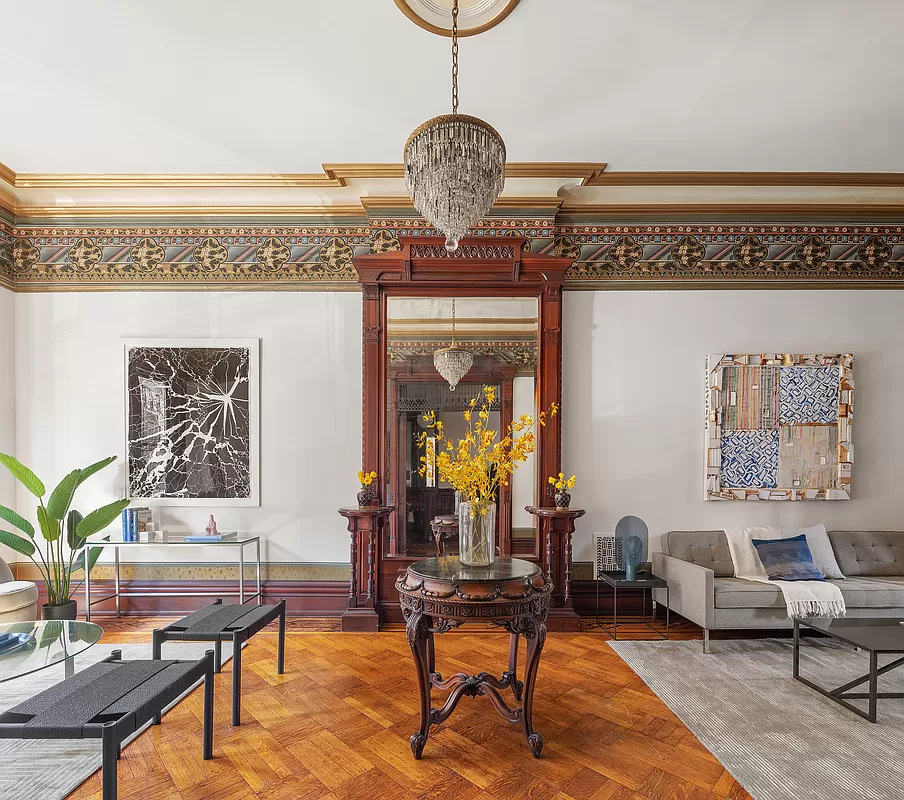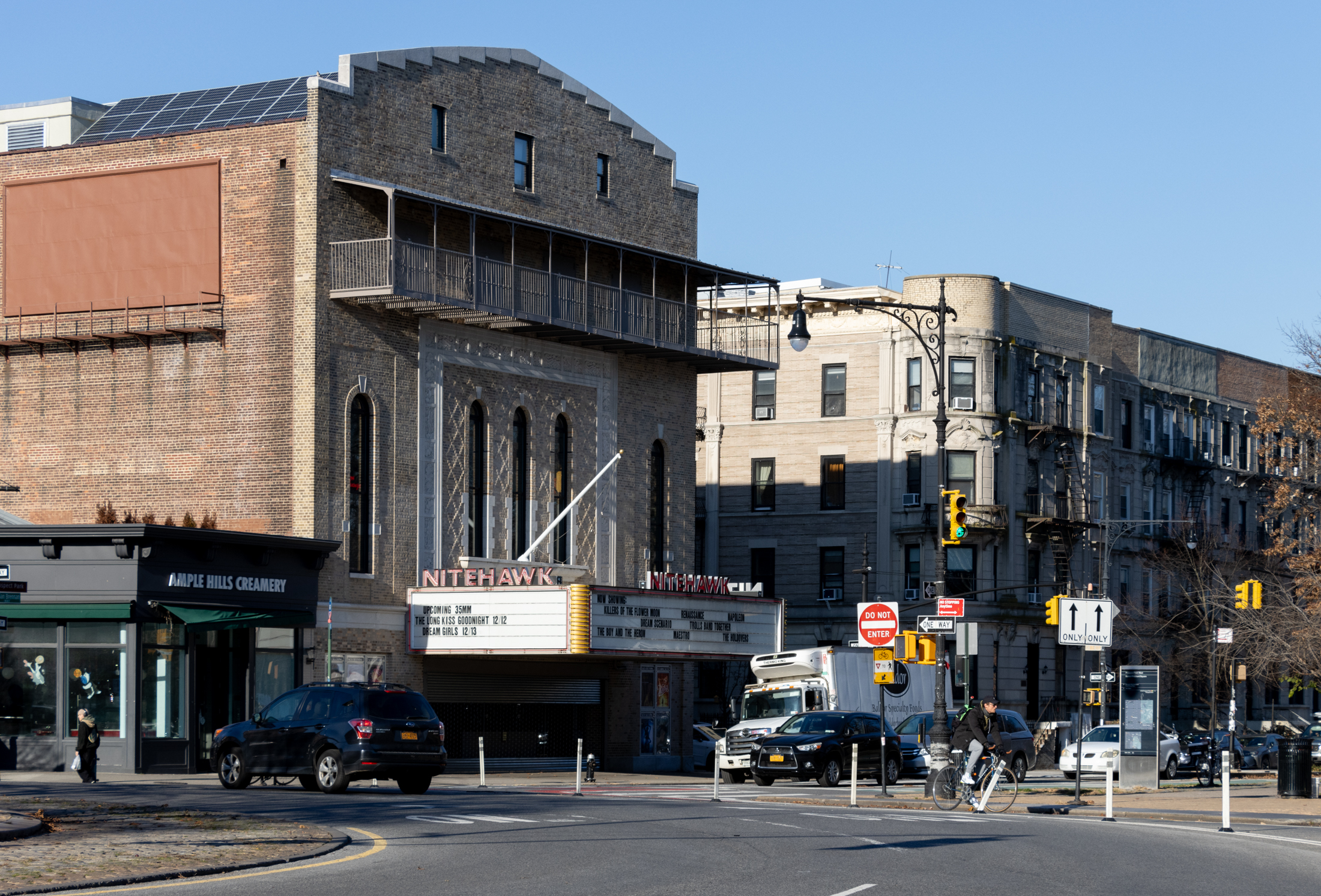Building of the Day: 869 President Street
The BOTD is a no-frills look at interesting structures of all types and from all neighborhoods. There will be old, new, important, forgotten, public, private, good and bad. Whatever strikes our fancy. We hope you enjoy. Address: 869 President Street, between 7th and 8th Avenues Name: Stewart Lyndon Woodford House Neighborhood: Park Slope Year Built:1885…

The BOTD is a no-frills look at interesting structures of all types and from all neighborhoods. There will be old, new, important, forgotten, public, private, good and bad. Whatever strikes our fancy. We hope you enjoy.
Address: 869 President Street, between 7th and 8th Avenues
Name: Stewart Lyndon Woodford House
Neighborhood: Park Slope
Year Built:1885
Architectural Style: Vaguely Romanesque Revival,
Architects: Henry Ogden Avery
Landmarked: Yes
This 36′ wide house is one of Park Slope’s most interesting, original and eclectic private houses. The house was built for S.L. Woodford, a prominent Union general, turned lawyer, politician, and eventually, US ambassador to Spain.
A young Henry Avery designed a unique, symmetrical , stoop-less house which relies on solid massing, patterned brick, subtle stone trim, and elegant glass to impress, quite unlike the elaborate Queen Anne’s and Romanesque Revivals being built in the vicinity during the same time period.
Avery might have become one of Brooklyn’s most interesting architects, but died quite young, at 38. The Avery Architectural Library at Columbia University was endowed by his father in his memory. The remarkable peacock doors are from a 1920’s renovation. You can read more here.
[Photos by Suzanne Spellen]










Dunno, at 1885 it’s coming in at a moment where some european architects were pushing the envelope and flattening out their facades, stripping the ornament down, etc. Its break with its context isn’t really my cup of tea, but it’s always nice to see something kind of daring get built and survive.
second mopar that I’d be curious about the interior layout.
I always thought this was one of the most unusual and interesting houses in Brooklyn.
Wonder what the original interior layout was like.
I think it’s beautiful. Always struck me as so modern — in its Victorian way.
There were 564 Union generals during the ACW; it would be a stretch to call Woodford prominent just among NYS (commissions were often just an extension of the spoils system). That said, he did have an interesting life in a variety of public service / political posts.
I agree DS, kinda fugly. There is some really beautiful examples of Romanesque near this building, though.
The strut supports beneath the oriels were probably meant to evoke a medieval feel. The famous 19th century French architect Viollet-le-Duc used struts like that in his Gothic revival designs, which influenced many designers.
The young Avery I’m sure had his “grand tour” and may have been inspired in France. Just a wild guess.
My vote goes in the hack column. I’ve always found this house to be kind of ugly and ill-proportioned.
The architect was either a genius or a hack. He died too young for us to really know.
BoerumHill’s gonna have a cow with all this high end stuff here today.
Bring back Horror Show friday!!!!